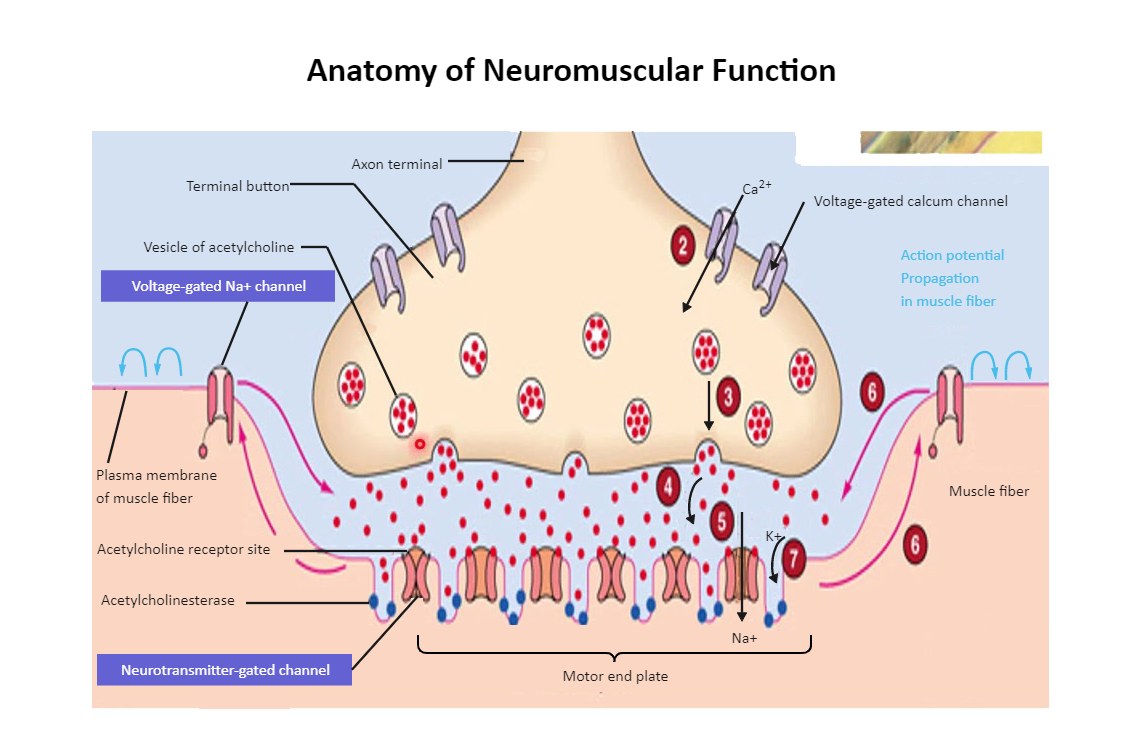Understanding Cerebral Palsy's Neurological Impact
Harnessing Neuroplasticity in Cerebral Palsy Therapy
Neuroplasticity refers to the brain’s remarkable ability to reorganize itself by forming new neural connections. This adaptability is particularly significant in the context of Cerebral Palsy, where targeted therapeutic interventions can leverage neuroplasticity to improve motor functions and enhance quality of life. By understanding and applying the principles of neuroplasticity, we can create personalized therapeutic plans that maximize the potential for recovery and adaptation in individuals with CP.







Therapeutic Interventions
Explore how brain function and neuroplasticity are harnessed through various therapeutic interventions to enhance the quality of life for individuals with Cerebral Palsy.
Neuroplasticity-Based Therapy
Utilizes the brain’s ability to reorganize itself by forming new neural connections, aiding in the improvement of motor skills and cognitive functions.
Cognitive Rehabilitation
Focuses on enhancing cognitive abilities through targeted exercises that stimulate brain activity and promote mental agility.
Motor Skill Development
Incorporates physical exercises designed to improve coordination, balance, and muscle strength, leveraging the brain’s adaptability.
Sensory Integration Therapy
Aims to improve the brain’s ability to process sensory information, enhancing daily functioning and reducing sensory overload.
Understanding Cerebral Palsy Therapies
Gain insights into common inquiries about the neurological aspects of Cerebral Palsy and how therapies can aid in management and improvement.
How does neuroplasticity benefit individuals with CP?
Neuroplasticity allows the brain to adapt and reorganize, which can lead to improvements in motor and cognitive functions through targeted therapies.
What role does brain function play in therapy?
Understanding brain function helps tailor therapies that stimulate specific areas, enhancing overall effectiveness and promoting recovery.
Are these therapies suitable for all ages?
Yes, therapeutic interventions can be adapted for individuals of all ages, focusing on their unique needs and developmental stages.
What is the success rate of these interventions?
Success varies based on individual circumstances, but many experience significant improvements in quality of life and functional abilities.
How long does it take to see results?
Results can vary; some may notice changes within weeks, while others may require months of consistent therapy to see significant progress.
Can therapy completely cure CP?
While therapy cannot cure CP, it can greatly enhance abilities and quality of life by maximizing the brain’s potential for adaptation.
What types of therapies are offered at My Serafina?
We offer a range of therapies including neuroplasticity-based interventions, cognitive rehabilitation, and sensory integration therapy.
How do I know which therapy is right for me?
Our team conducts thorough assessments to tailor a therapeutic plan that best suits your individual needs and goals.
Is there support for families during therapy?
Yes, My Serafina provides comprehensive support for families, ensuring they are involved and informed throughout the therapeutic process.
Explore Personalized Therapeutic Options
Unlock the potential of neuroplasticity with tailored therapeutic interventions. Discover how personalized assessments can enhance brain function and improve quality of life for those with Cerebral Palsy. Dive into our resources to learn more.